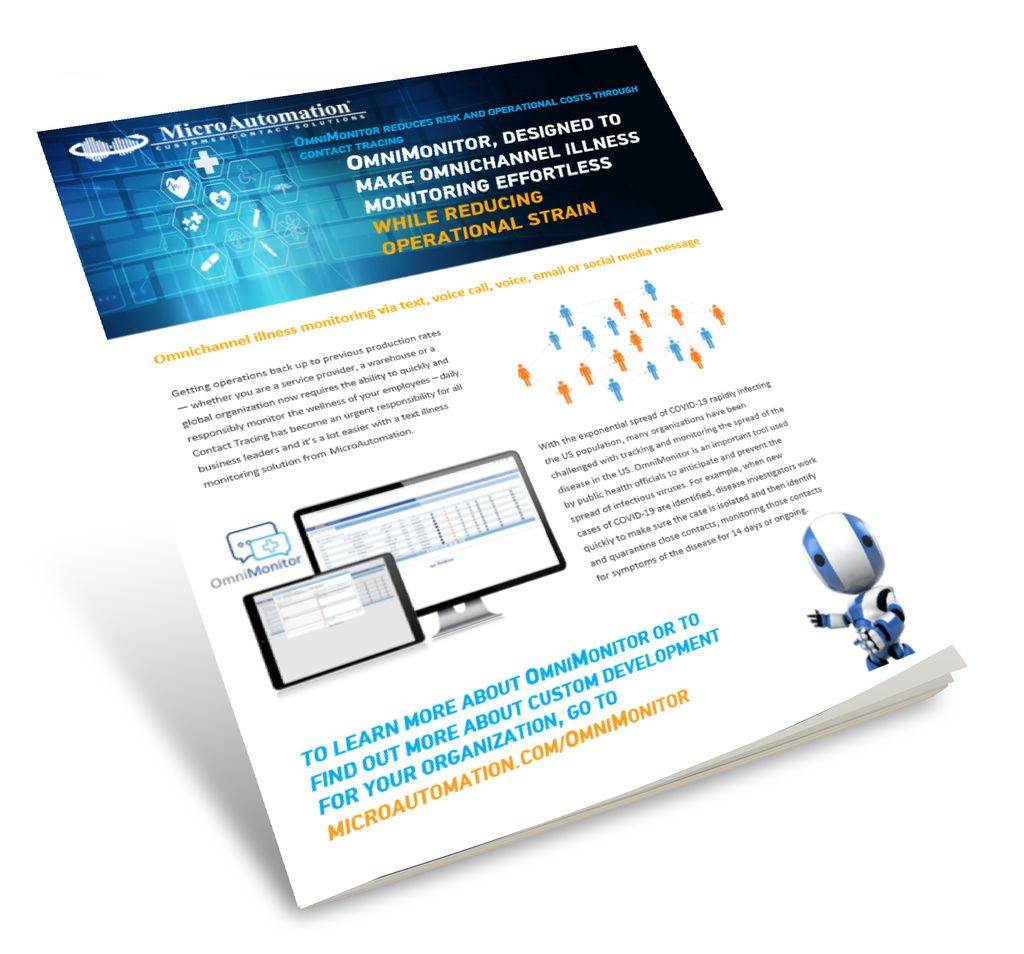
Sorting academic emails is crucial for researchers to effectively manage their communication and stay organized. With the increasing volume of emails received on a daily basis, it can be challenging to keep track of important messages and prioritize tasks. However, by implementing effective strategies and utilizing the right tools, researchers can streamline their email management process and enhance their research productivity. In this article, we will explore the importance of sorting academic emails and provide key takeaways for researchers to optimize their email organization.

Managing academic emails can be a daunting task, especially for researchers who receive a large volume of messages on a daily basis. Researchers often face the challenge of sifting through numerous emails to find the ones that are relevant to their work. This can be time-consuming and can lead to important emails being overlooked or lost in the clutter. Additionally, researchers may receive emails from multiple sources, such as colleagues, collaborators, journals, and conference organizers, making it difficult to keep track of all the incoming messages.
Organizing academic emails can significantly enhance a researcher's efficiency and peace of mind. By categorizing correspondence into specific folders, one can quickly locate important messages and streamline their workflow. This clarity in the inbox reduces the time spent searching for emails, allowing more time to be devoted to actual research.
Timely responses to collaborators and journal editors are crucial in the academic world. A well-sorted email system ensures that important communications are not overlooked, fostering better professional relationships and opportunities. Additionally, a tidy email environment can reduce stress levels, as it eliminates the clutter that often leads to a sense of overwhelm.
Here are some key benefits of email organization:
Tip: Regularly review your email organization system to ensure it continues to meet your evolving needs as a researcher.
Unsorted emails can have a significant negative impact on research productivity. Researchers often receive a large volume of emails related to their work, including collaboration requests, conference invitations, and publication notifications. Without proper organization, important emails can easily get lost or buried in the inbox, leading to missed opportunities and delays in responding to time-sensitive requests. Additionally, the time spent searching for specific emails or information within unsorted inboxes can be a major productivity drain.

One effective strategy for sorting academic emails is to create folders and labels. By organizing emails into specific categories, researchers can easily locate and manage their messages. Folders can be created based on different criteria such as project names, collaborators, or specific topics. Labels, on the other hand, can be used to tag emails with keywords or attributes to further classify them. This allows researchers to quickly filter and search for relevant emails when needed.
Filters and rules are powerful tools that can help researchers manage their academic emails more efficiently. By setting up filters and rules, researchers can automatically categorize and organize incoming emails based on specific criteria. For example, researchers can create filters to automatically move emails from certain senders or with specific keywords to designated folders. This can help researchers prioritize important emails and reduce the clutter in their inbox. Additionally, filters and rules can be used to automatically mark emails as read, flag them for follow-up, or forward them to other team members. By utilizing filters and rules effectively, researchers can save time and ensure that important emails are not overlooked.
Prioritizing emails based on their importance is crucial for researchers to efficiently manage their inbox. By assigning priority levels to emails, researchers can ensure that they address the most important messages first and avoid missing any critical information. Here are some strategies for prioritizing emails based on importance:
Implementing a regular email cleanup routine is essential for maintaining an organized inbox and improving productivity. Here are some strategies to help you effectively manage your emails:
Unsubscribe from unnecessary emails: Identify mailing lists and unsubscribe from them with just one click. This will help reduce clutter in your inbox and prevent distractions.
Delete old emails: Mass delete old emails that are no longer relevant. This will free up space in your mailbox and make it easier to find important messages.
Review and archive emails: Regularly review your emails and archive those that you need to keep for future reference. This will help declutter your inbox while still allowing you to access important information when needed.
Avoid email overload: Set limits on the number of emails you receive and respond to. Prioritize important messages and avoid getting overwhelmed by unnecessary communication.
Implementing these practices will ensure a clean and organized email inbox, allowing you to focus on your research without the distraction of a cluttered mailbox.

Email clients with advanced sorting features offer a range of tools to help researchers efficiently manage their academic emails. These features go beyond basic filtering and labeling, providing more advanced options for organizing and prioritizing emails.
One useful feature offered by some email clients is the ability to create rules or filters based on specific criteria. Researchers can set up rules to automatically sort incoming emails into designated folders or apply labels based on sender, subject, or keywords. This can greatly streamline the email management process and ensure that important emails are easily accessible.
Another helpful feature is the option to prioritize emails based on importance. Some email clients allow users to assign different levels of importance to emails, making it easier to focus on the most critical messages first. This can be particularly beneficial for researchers who receive a large volume of emails and need to quickly identify and address urgent matters.
In addition to these sorting features, email clients may also offer options for email cleanup and organization. Researchers can set up regular email cleanup routines to archive or delete old emails, keeping their inbox clutter-free. This can help improve productivity by reducing the time spent searching for specific emails or dealing with an overwhelming number of messages.
Overall, email clients with advanced sorting features provide valuable tools for researchers to effectively manage their academic emails. By utilizing these features, researchers can streamline their email workflow, prioritize important messages, and maintain a well-organized inbox.
Third-party email management applications are powerful tools that can greatly enhance the sorting and organization of academic emails. These applications offer a range of features and functionalities that go beyond what traditional email clients provide. Some popular third-party email management applications include:
Using third-party email management applications can streamline the email sorting process and help researchers stay organized and focused on their work.
Automated email sorting solutions are tools or technologies that use algorithms and artificial intelligence to automatically categorize and organize incoming emails. These solutions can help researchers save time and improve productivity by reducing the manual effort required to sort through a large volume of emails. By analyzing the content, sender, and other metadata of each email, automated sorting solutions can intelligently route emails to specific folders or labels, prioritize important emails, and even detect and filter out spam or irrelevant messages. Some popular automated email sorting solutions include:
Machine learning algorithms can be used to automatically categorize and organize emails based on their content and context. By analyzing patterns and identifying keywords, these algorithms can accurately classify emails into different categories such as personal, work, newsletters, and promotions. This automated categorization process saves researchers valuable time and effort in manually sorting through their inbox.
One approach to implementing machine learning for email categorization is to use a supervised learning model. This involves training the algorithm with a labeled dataset, where emails are manually categorized by researchers. The algorithm then learns from this labeled data and can classify new emails accordingly.
Another approach is unsupervised learning, where the algorithm identifies patterns and clusters emails based on similarities in their content. This can be useful for discovering new categories or organizing emails that do not fit into predefined categories.
Implementing machine learning for email categorization requires a combination of data preprocessing, feature extraction, and model training. It is important to choose the right algorithm and optimize its parameters to achieve accurate and efficient email classification.
When setting up a clear email organization system, it is important to establish a structure that suits your specific needs and preferences. Here are some key steps to consider:
Create folders and labels: Organize your emails into different folders or labels based on categories such as projects, collaborators, or deadlines. This will help you easily locate and retrieve important emails when needed.
Use filters and rules: Set up filters and rules to automatically sort incoming emails into specific folders or apply labels. This can save you time and ensure that emails are sorted correctly without manual intervention.
Prioritize emails based on importance: Develop a system for prioritizing emails based on their urgency or importance. This can involve setting up different levels of priority or using flags or stars to mark important emails.
Implement a regular email cleanup routine: Regularly review and archive old emails to keep your inbox clutter-free. This can involve deleting unnecessary emails, archiving important ones, and organizing emails into appropriate folders or labels.
Remember, a well-organized email inbox can significantly improve your productivity and reduce the time spent searching for important information.
Maintaining a sorted email inbox is an ongoing process that requires regular attention. Setting aside time each week to review and archive emails can prevent the buildup of clutter and ensure that important communications are not overlooked. This routine can be as simple as a quick scan of your inbox to identify emails that can be immediately archived or require further action.
Archiving emails not only helps to keep your inbox tidy but also preserves a record of past communications that can be easily accessed when needed. It's important to establish a consistent archiving system that categorizes emails in a way that makes sense for your research and correspondence needs. Consider the following steps to streamline your archiving process:
Tip: Regularly emptying your email's trash and spam folders can also contribute to a more organized inbox, as it removes unnecessary items that can distract from your primary email tasks.
Managing a large volume of emails can be overwhelming and lead to email overload. To prevent this, researchers can implement the following strategies:
Managing email notifications is crucial for maintaining a focused and organized inbox. Here are some tips to help you effectively manage email notifications:
Disable unnecessary notifications: Review the notification settings in your email client and disable notifications for non-essential emails. This will help reduce distractions and allow you to focus on important tasks.
Set up email filters: Use email filters to automatically categorize and prioritize incoming emails. You can create filters based on sender, subject, or keywords to ensure that important emails are highlighted.
Create a separate folder for notifications: Consider creating a separate folder specifically for notifications. This will keep them separate from your main inbox and make it easier to review them at a convenient time.
Tip: Regularly review and adjust your notification settings to ensure they align with your current needs and priorities.
Remember, managing email notifications is essential for maintaining productivity and reducing distractions in your research workflow.
In conclusion, sorting academic emails is a crucial task for researchers. By implementing effective strategies and utilizing email management tools, researchers can streamline their email workflow and improve their productivity. It is important to prioritize emails based on their relevance and urgency, and to create folders or labels to categorize different types of emails. Additionally, using filters and automated rules can help researchers to automatically sort and organize incoming emails. Overall, by adopting these practices, researchers can save time, reduce stress, and stay organized in their academic communication.
Sorting academic emails is important because it helps researchers manage their inbox efficiently, find important information quickly, and stay organized throughout their research process.
Some challenges of managing academic emails include a high volume of incoming emails, difficulty in prioritizing important emails, and the risk of missing important information amidst the clutter.
Organizing academic emails provides benefits such as improved productivity, easy retrieval of information, reduced stress, and better collaboration with colleagues.
Unsorted emails can negatively impact research productivity by causing delays in finding important information, leading to missed deadlines, and increasing the time spent on managing emails instead of focusing on research tasks.
Effective strategies for sorting academic emails include creating folders and labels, using filters and rules to automatically categorize emails, prioritizing emails based on importance, and implementing a regular email cleanup routine.
There are various tools and technologies available for efficient email sorting, such as email clients with advanced sorting features, third-party email management applications, automated email sorting solutions, and machine learning for email categorization.